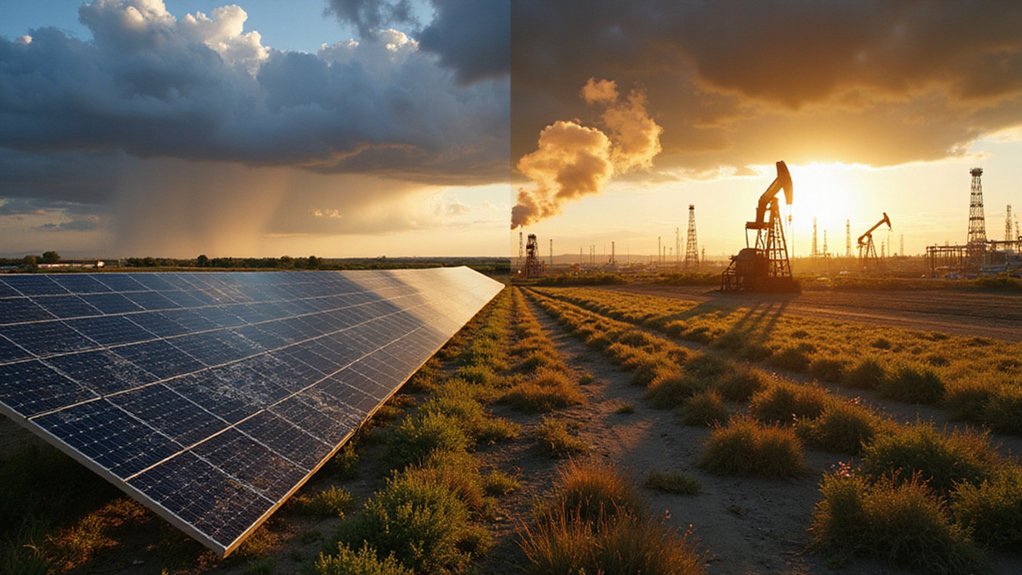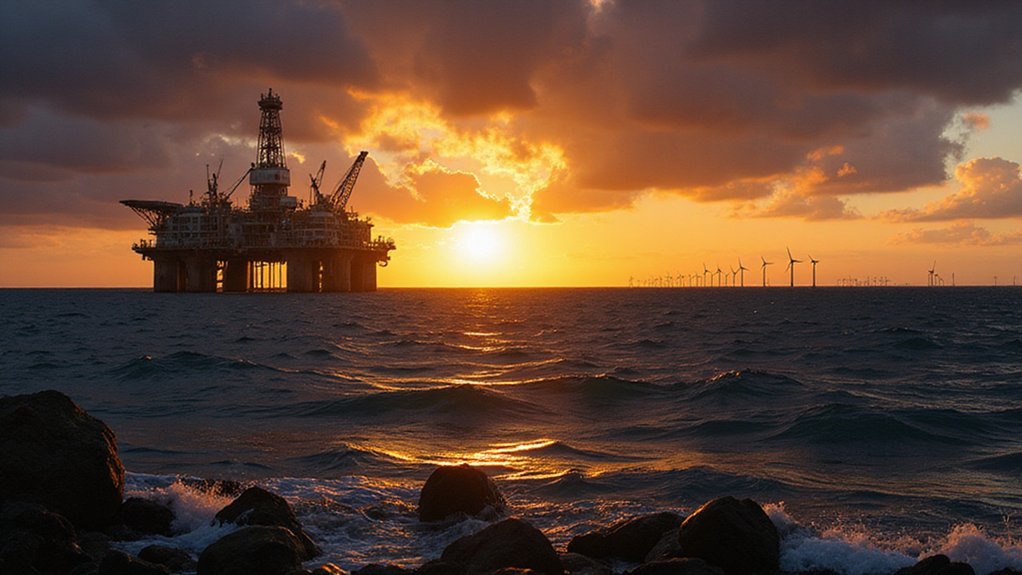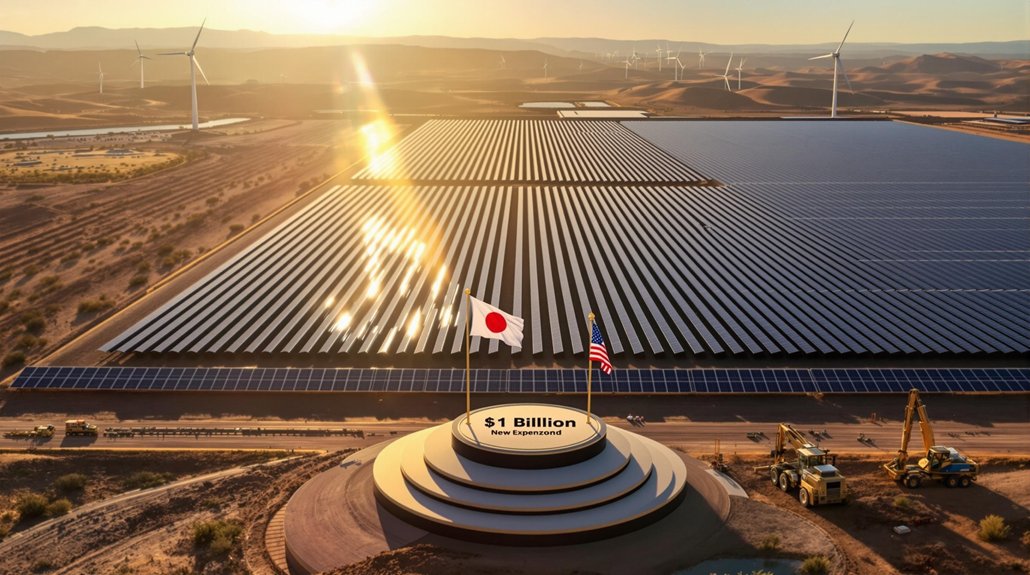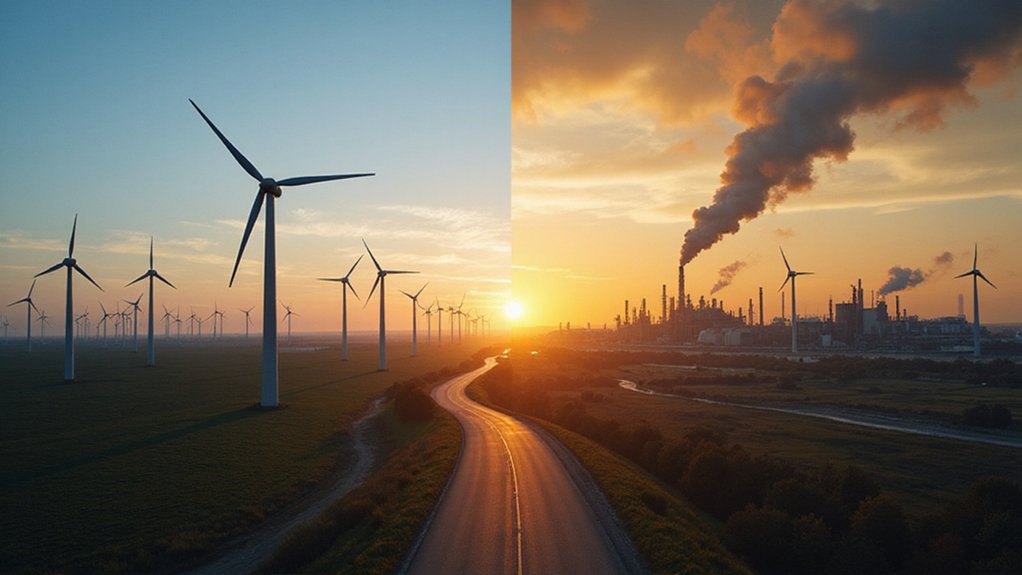Republican support for solar farms nosedived from 84% to 64% in four years, while wind turbine backing plummeted 19 points. The partisan gap exploded from 26 to 49 points as renewable energy morphed into another culture war casualty. Young Republicans turned their backs fastest, dropping 16 points in a single year. Social media transformed solar panels from bipartisan no-brainer to political lightning rod. The industry now faces its darkest hour since inception.
Americans have soured on wind and solar power in a big way. A Pew Research Center survey from April-May 2025 reveals a stunning collapse in renewable energy support that nobody saw coming five years ago. The numbers don’t lie. Republican support for solar farms crashed from 84% in 2020 to just 64% in 2024. Wind turbines? Even worse. Republican backing plummeted 19 points to a measly 56%.
Republican support for renewables collapsed: solar farms dropped 20 points, wind turbines crashed 19 points since 2020.
The timing is suspicious. This nosedive started right after Biden took office in early 2021. Coincidence? Please. Social media analysis tracking 8 million posts shows solar power morphing from a bipartisan no-brainer into yet another culture war battlefield. The partisan gap on renewable energy priorities exploded from 26 points in 2020 to a whopping 49 points by 2024.
Democrats still love their solar panels at 91% support. Republicans? They’ve done a complete 180, with 61% now saying fossil fuels should be the priority. Support for offshore drilling among Republicans has surged to 75%, showing where their energy allegiances truly lie. Republican enthusiasm for hydraulic fracking has also climbed to 69%, cementing their commitment to traditional energy extraction.
Young Republicans are leading this charge backward. These 18-29 year olds dropped their renewable support by 16 percentage points in just one year. Sure, 51% still back clean energy, beating their elders. But the trend line is ugly. Geographic polarization makes it worse. Republican-leaning regions show growing hostility toward solar, especially in areas without much renewable infrastructure. It’s the classic “not in my backyard” syndrome on steroids.
Meanwhile, nuclear power is having a moment. Both parties suddenly love atomic energy. Funny how that works when the other options become politically toxic.
Electric vehicles remain a tough sell too. Americans prefer hybrids at 45% over pure EVs, suggesting even green-leaning consumers aren’t ready to fully commit. This reluctance persists despite projections that battery storage costs will decrease by 52% by 2030.
This transformation didn’t happen organically. When public opinion shifts this dramatically, this fast, someone’s pulling strings. The renewable energy industry went from America’s darling to partisan punching bag in record time.
Trump’s return to power certainly won’t reverse this trend. Wind and solar companies better buckle up. Their political honeymoon ended years ago, and the divorce proceedings are getting nasty.
References
- https://www.pewresearch.org/science/2025/06/05/americans-views-on-energy-at-the-start-of-trumps-second-term/
- https://businessjournaldaily.com/americans-support-for-renewable-energy-declines-pew-survey-finds/
- https://sustainability.ncsu.edu/blog/2025/02/27/study-finds-support-for-solar-energy-has-become-politically-polarized/
- https://www.pewresearch.org/science/2024/06/27/how-americans-view-national-local-and-personal-energy-choices/
- https://phys.org/news/2025-02-solar-energy-politically-polarized-social.html








